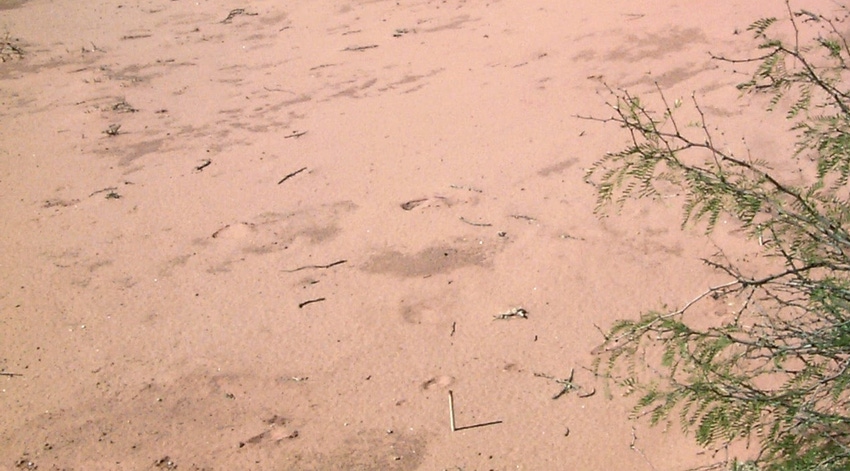July 23, 2021

Before a years-long, historic drought in the city of Cape Town, South Africa, the top 10% of households consumed 31% of water. The city reduced water use during the drought, and water distribution became more equal.
A research team including Washington State University’s Joseph Cook examined the correlation between income and water usage. Their research was published last month in the journal Water Resources Research.
“When water usage statistics are discussed, they’re often presented as household averages,” said Cook, associate professor in WSU’s School of Economic Sciences. “For example, if average consumption goes from 5,000 gallons a month to 4,000, we don’t know if everyone used 1,000 fewer gallons or if a few large water users significantly reduced their usage.”
As much of the western United States faces significant drought, studying Cape Town’s example could help cities here too.
“Knowing more about distribution tells you something about fairness in water use,” Cook said. “People should know that, if they’re being asked to cut their water use, big users are reducing their use too.”
14.9 million water bills
Cook and colleagues Johanna Brühl and Martine Visser from the University of Cape Town worked with the city’s water utility to look at 14.9 million monthly water bills before, during, and after the drought, and matched these with neighborhood-level income data from the South African census. They found that before the drought, wealthier people used more water, but only in summer.
“Before the drought it was a seasonal pattern: people with bigger yards used more in summer to water their yards and gardens,” Cook said. “And it was correlated with higher income. But the correlation is much weaker for indoor water use. And most surprising to us is that the conservation efforts apparently had such a big effect that the correlation reversed. By the end of the drought, wealthier households were actually using less water than poorer households.”
Like the majority of water utilities, the city uses increasing block rates, where the first block of water used each month would be inexpensive, but additional blocks cost more and more. It raised the rates in the highest blocks to encourage conservation. But because of the shift in who the top users were, lower and middle-income households were more likely to be paying those high prices.
A situation like that can lead to affordability issues for low-income users who can’t pay for higher rates, something many U.S. utilities are grappling with. Many cities, including Cape Town, have customer affordability programs, where people who qualify get a free ‘lifeline’ quantity of water, or pay a reduced rate. The study found that Cape Town’s affordability program helped protect many, but not all, of the city’s lower-income customers from the rate hikes.
“Water prices need to cover the costs,” Cook said. “But we need to make sure that lower income people have access to water because it’s a basic human right. Utilities should be pairing well-designed water rates with well-targeted customer affordability programs.”
In Cape Town, the different programs resulted in a 50% drop in water consumption over the course of the drought, which lasted from 2015-2018.
Worried about 'Day Zero'
“Cape Town was really concerned about ‘Day Zero’, when the city would literally turn off the taps to households,” Cook said. “Luckily their drought broke, but this will happen in a major city somewhere in the world sometime soon.”
Distributional statistics like these can help cities focus their conservation efforts.
Cook and his colleagues are members of the Environment for Development Initiative, an international network of research centers. To read more about this paper, Cook and his colleagues wrote a research brief for EFD.
Source: Washington State University, which is solely responsible for the information provided and is wholly owned by the source. Informa Business Media and all its subsidiaries are not responsible for any of the content contained in this information asset.
You May Also Like




